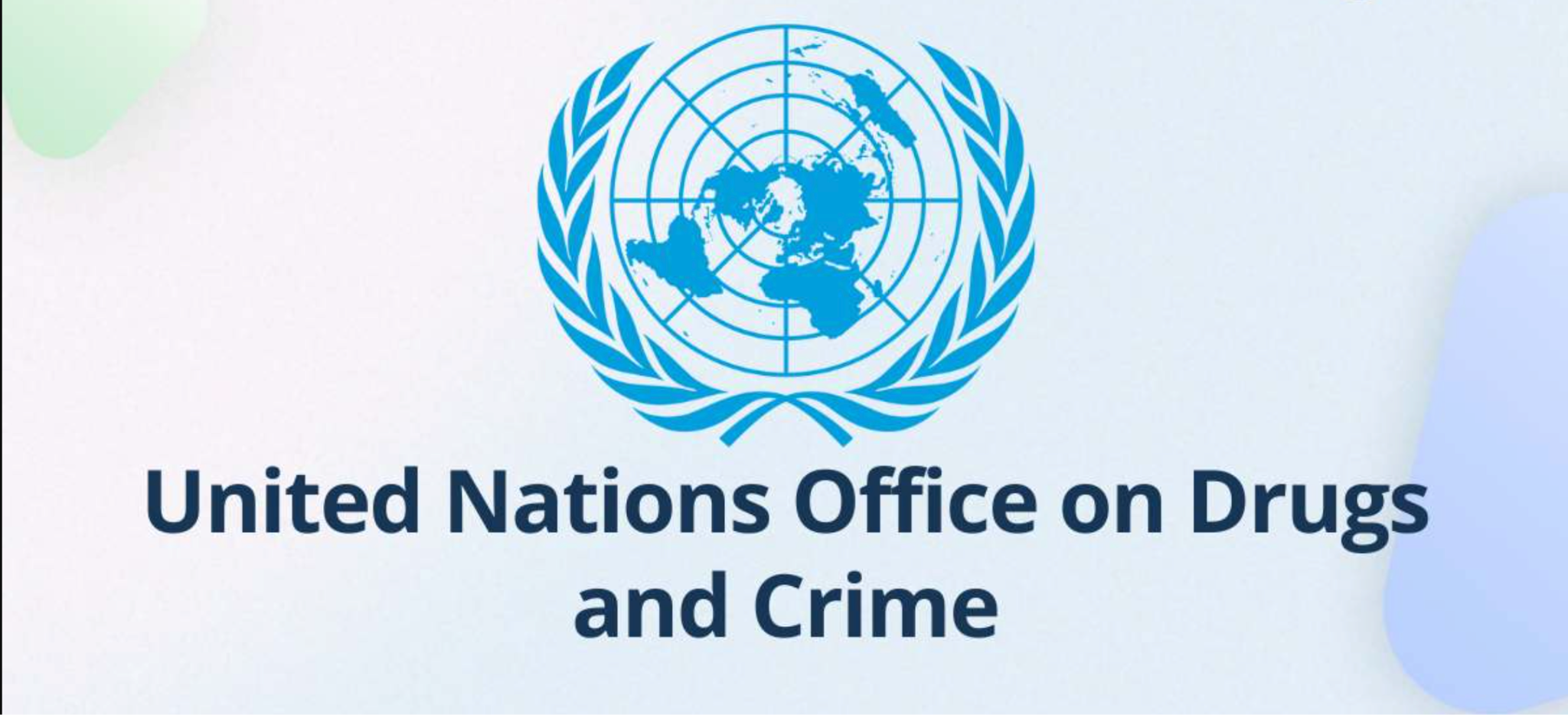United Nations Office on Drugs and Crime (UNDOC)

- 14 May 2024
Why is it in the News?
The United Nations Office on Drugs and Crime released the 2024 World Wildlife Crime Report on May 13, 2024.
About the United Nations Office on Drugs and Crime (UNODC):
- The United Nations Office on Drugs and Crime (UNODC) is a global organization that operates under the umbrella of the United Nations and serves as a leading authority in the fight against illicit drugs, organized crime, corruption, and terrorism.
- UNODC works to promote justice, security, and integrity in various areas related to crime prevention and criminal justice.
Objectives:
- The primary objectives of UNODC are to assist member states in their efforts to combat drug trafficking, reduce drug abuse and its associated health and social consequences, dismantle transnational organized criminal networks, prevent and address corruption, counter terrorism, and promote the rule of law and effective criminal justice systems.
History of UNODC:
- It was established in 1997 through the merger of two precursor entities:
- The United Nations Drug Control Programme (UNDCP) - It was founded in 1991 as a response to the growing global drug problem.
- Its primary focus was to coordinate and support international efforts in combating illicit drug production, trafficking, and drug abuse.
- The Centre for International Crime Prevention (CICP) - The CICP, established in 1992, aimed to address a broader range of transnational crimes, including organized crime, corruption, and terrorism.
- The United Nations Drug Control Programme (UNDCP) - It was founded in 1991 as a response to the growing global drug problem.
- The merger of these two entities resulted in the creation of UNODC, which brought together expertise and resources in the fields of drug control and crime prevention under a unified structure.
- Since its inception, UNODC has expanded its mandate and activities to encompass a wide range of global challenges related to drugs, crime, corruption, and terrorism.
The mandate of UNODC:
- The mandate of UNODC is derived from several United Nations General Assembly resolutions and international conventions.
- The organization operates within the framework of the United Nations principles and aims to support member states in implementing these conventions and addressing the various aspects of crime and drug-related challenges.
Funding:
- It relies on voluntary contributions, mainly from governments, to carry out the majority of our work.
- Headquarters: Vienna, Austria
The Main Areas of UNODC's:
- Fighting Drugs: Implementing global drug control conventions, aiding in prevention and treatment, disrupting trafficking networks, and fostering international cooperation.
- Tackling Organized Crime: Helping states build legal frameworks, dismantle criminal networks, strengthen border control, and analyze emerging threats.
- Anti-Corruption Efforts: Supporting UNCAC implementation, establishing commissions, recovering stolen assets, and promoting integrity in public and private sectors.
- Strengthening Criminal Justice: Enhancing law enforcement, judiciary, and prison systems, improving access to justice, supporting rehabilitation, and promoting international legal standards.
- Combating Terrorism: Assisting in legal frameworks, enhancing law enforcement capacities, countering terrorist financing, and addressing online radicalization.
- Addressing Human Trafficking and Migrant Smuggling: Developing strategies, strengthening legislation, aiding victim protection, and fostering international cooperation.
What is the World Wildlife Crime Report?
- The World Wildlife Crime Report, now in its third edition (2024), continues the tradition established by earlier editions published in 2016 and 2020.
- It delves into trends related to the illegal trafficking of protected wildlife species, providing comprehensive analyses of the harms and impacts of wildlife crime.
- Furthermore, it investigates the driving factors behind wildlife trafficking trends and assesses the effectiveness of various interventions aimed at addressing this complex issue.
Gajraj Suraksha (Elephant Safety) System (New Indian Express)

- 01 Dec 2023
Why is it in the News?
"In a first", through cutting-edge indigenous technology, the Indian Railways has successfully developed a system, preliminarily called as ‘Gajraj Suraksha (Elephant safety) system’ to prevent elephant–train collisions in the forest areas.
About Gajraj Suraksha:
- Gajraj Suraksha uses an AI-based algorithm and a network of sensitive optical fiber cables to detect elephants approaching railway tracks, aiming to address elephant fatalities resulting from train accidents.
- How this will work?
- The system functions by sensing pressure waves generated by elephant movements along the tracks.
- As elephants move, the optical fibers detect vibrations from their footsteps, triggering signals within the fiber network.
- This enables the system to identify elephants up to 200 meters ahead of their arrival on the track.
- The Optical Fibre Cable (OFC)-based Intrusion Detection System sends alarms to station masters upon detecting movement along the tracks.
- The network is designed to accurately track elephant movement, allowing prompt communication to nearby station masters.
- This ensures timely information to locomotive drivers, facilitating the slowing down or stopping of trains to prevent potential collisions with elephants.
- The Indian Railway plans to introduce this system in West Bengal, Odisha, Jharkhand, Assam, Kerala, certain parts of Chhattisgarh, and Tamil Nadu.
